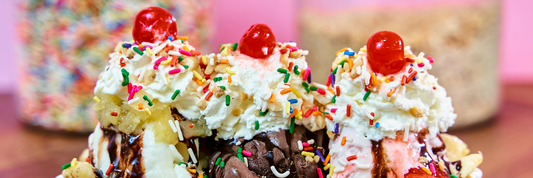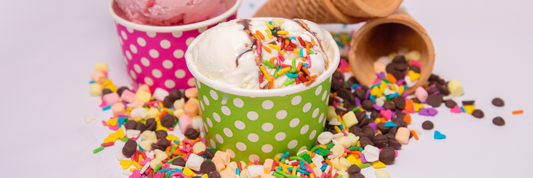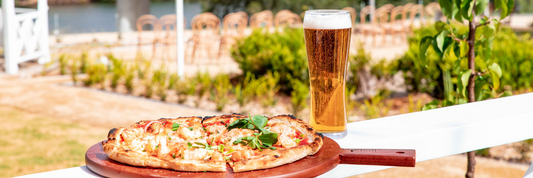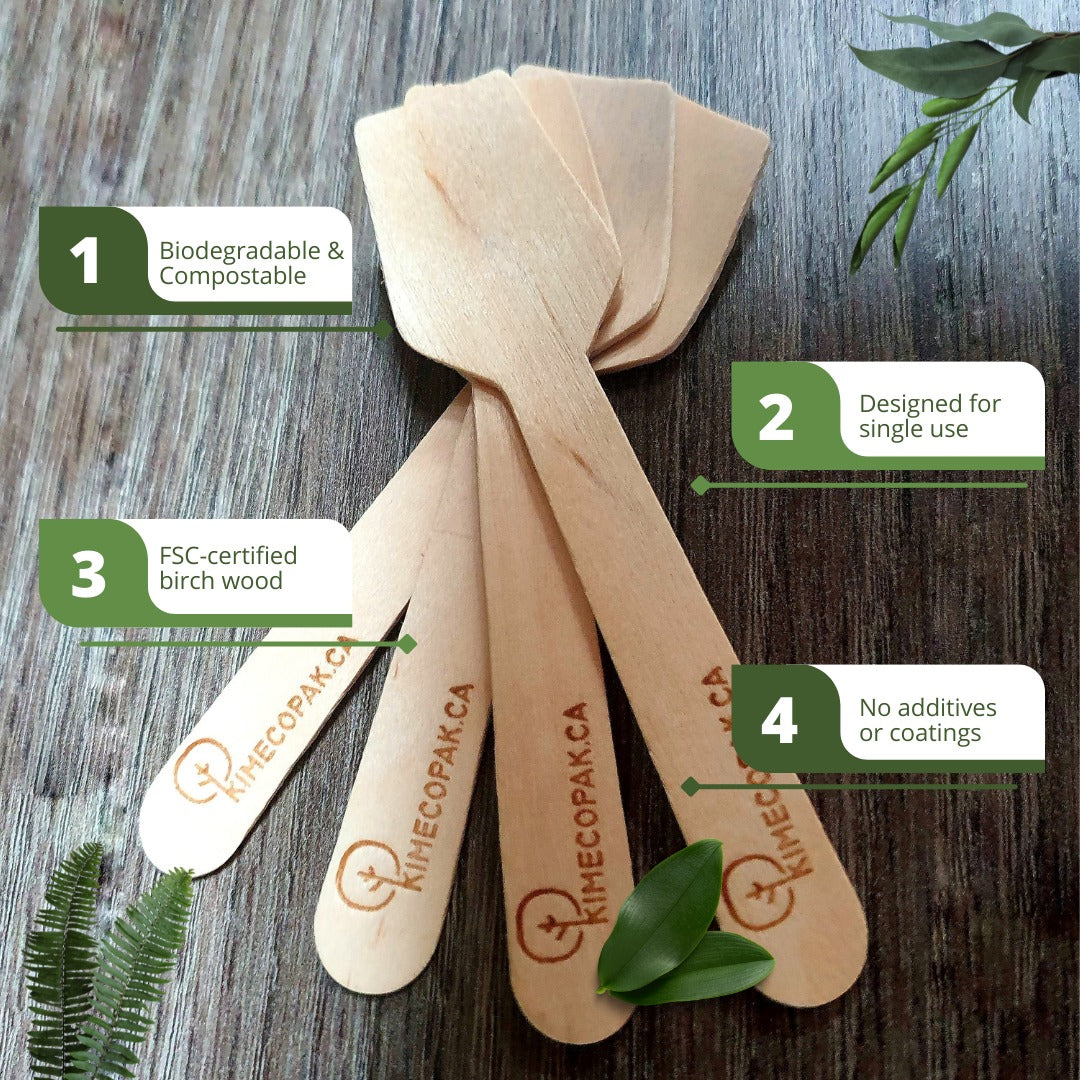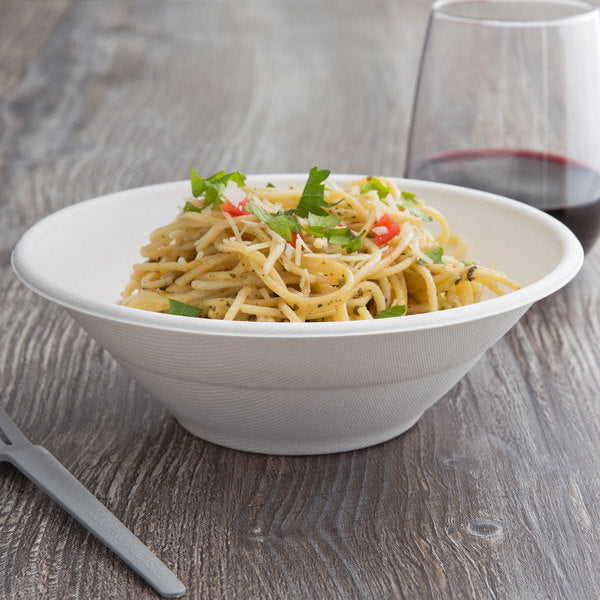Understanding wine can significantly enhance your personal enjoyment and appreciation of food and drink. This guide breaks down the complex world of wine into manageable categories, empowering you to make informed choices about the wines you select. By understanding the different types of wine, their characteristics, and potential pairings, you can elevate your dining experiences and discover new favorites.
- How Long Does Alcohol Expire? A Guide to the Shelf Life of Liquor
- Types of Beer: Guide for Drink Business Owners
- What Are Well Drinks? Why Well Drinks Perfect For Happy Hour Menu?
- Types of Tea: Comprehensive Guide Before Starting Your Business
Understanding the Basics of Wine

What is Wine?
Wine is an alcoholic beverage made from fermented grapes. The fermentation process occurs when yeast consumes the sugars in the grapes, producing alcohol and carbon dioxide. The history of wine dates back thousands of years, with evidence suggesting its existence as early as 6000 BC in what is now Georgia. Over the centuries, wine has evolved through cultural exchanges and advancements in viticulture and winemaking techniques.
Several factors influence the types of wine produced, including the grape variety, the terroir—referring to the environmental conditions associated with a specific vineyard, such as soil composition and climate—and the winemaking process itself, which can significantly alter the final product.
Key Characteristics of Wine
When exploring the diverse world of wine, it's essential to understand its fundamental characteristics:
- Color: Wine can be categorized into red, white, or rosé. The color primarily depends on the grape skin contact during fermentation.
- Sweetness Levels: Wines can be classified as dry, off-dry, or sweet, indicating the level of residual sugar that remains after fermentation.
- Body: This refers to the weight and fullness of the wine on the palate, categorized as light, medium, or full-bodied.
- Tannins: Predominantly found in red wines, tannins contribute to the wine's structure and astringency.
- Acidity: A critical component influencing a wine's taste, acidity can enhance freshness and balance the sweetness in various wine types.

The Major Types of Wine
Red Wine: Bold Flavors and Rich History
Red wine is made from dark-skinned grapes that are fermented with their skins, resulting in a rich color and a range of tannin levels.
Key Characteristics of Red Wine
- Color: Red wines can range from light ruby to deep garnet, depending on the grape variety and winemaking techniques.
- Flavors: Common flavor notes include red and black fruits, spices, and earthy undertones, making red wine complex and varied.
- Tannins: Generally higher in tannins compared to white wines, red wines can provide a robust mouthfeel.
Popular Red Wine Varieties
- Cabernet Sauvignon: Known for being full-bodied with high tannins, it often features notes of blackcurrant and cedar.
- Merlot: A medium-bodied option with softer tannins, characterized by red fruit flavors.
- Pinot Noir: Typically light-bodied, offering delicate red fruit flavors and earthy aromas.
- Syrah/Shiraz: Full-bodied, with spicy characteristics and dark fruit flavors.
- Malbec: Renowned for its full-bodied nature, it encompasses dark fruit notes with hints of smokiness.

White Wine: Refreshing and Versatile
White wine can be produced from both white and red grapes, as the skins are removed before fermentation, resulting in a lighter color.
Key Characteristics of White Wine
- Color: White wines can range from pale yellow to golden hues.
- Flavors: Common tasting notes include citrus, stone fruits, tropical flavors, and floral nuances.
- Acidity: Typically higher in acidity, white wines are often refreshing and crisp.
Popular White Wine Varieties
- Chardonnay: Extremely versatile; it can be oaked (imparting buttery and vanilla flavors) or unoaked (resulting in a crisp, citrus profile).
- Sauvignon Blanc: Characterized by high acidity, it often offers grassy and stone fruit notes.
- Riesling: Known for its diverse sweetness levels, ranging from dry to sweet, often incorporating apple and honey nuances.
- Pinot Grigio/Gris: Light-bodied, crisp with subtle notes of citrus and pear.
- Moscato: A sweet, fruity option that is often slightly fizzy.

Rosé Wine: The Delightful Pink in Between
Rosé wine is crafted from red grapes, where the skins are left in contact with the juice for a short duration, resulting in its signature pink hue.
Key Characteristics of Rosé Wine
- Color: Ranges from pale salmon to vibrant pink.
- Flavors: Often features red berries, floral notes, and citrus.
- Profile: Generally dry and refreshing, making it a popular choice for various occasions.
Common Methods of Rosé Production
- Skin Contact Method: Grapes are pressed, and the juice is left in contact with the skins for a limited time.
- Saignée Method: Involves bleeding some juice from a red wine fermentation, enhancing the red wine's concentration.
- Blending: Less common among quality rosés, this method blends red and white wines.
Popular Rosé Styles and Regions
- Provence Rosé: Renowned for being dry and pale with delicate fruit flavors.
- Spanish Rosado: Often bolder and more fruit-forward.
- White Zinfandel: Typically on the sweeter side, appealing to a wider audience.
Wine Bottle Sizes: Types of wine bottle sizes

Sparkling Wine: Bubbles for Every Occasion
Sparkling wine is distinguished by significant levels of carbon dioxide, resulting in its effervescence.
Key Characteristics of Sparkling Wine
- Effervescence: The defining feature, with bubbles that range in size and intensity.
- Sweetness Range: Can vary from very dry (Brut Nature) to very sweet (Doux).
- Flavors: Influenced by grape varieties and production techniques, varying widely from one type to another.
Key Sparkling Wine Production Methods
- Traditional Method (Champagne Method): Involves secondary fermentation in the bottle, creating natural carbonation.
- Tank Method (Charmat Method): Secondary fermentation occurs in a large tank, commonly used for Prosecco.
- Asti Method: A unique process of partial fermentation, producing sweet, lightly sparkling wines.
Famous Sparkling Wine Regions and Styles
- Champagne (France): Made primarily from Chardonnay, Pinot Noir, and Pinot Meunier, known for its high-quality sparkling wines.
- Prosecco (Italy): Generally lighter and fruitier, made using the tank method from Glera grapes.
- Cava (Spain): A traditional sparkling wine made in Spain using the same method as Champagne.
- Sekt (Germany and Austria): Varies widely in style and sweetness levels.

Fortified Wine: Strength and Sweetness
Fortified wines have had a distilled spirit, usually brandy, added to them, increasing their alcohol content.
Key Characteristics of Fortified Wine
- Alcohol Content: Generally higher than standard still wines.
- Sweetness Spectrum: Can range from dry to very sweet, making them suitable as both aperitifs and dessert wines.
Major Types of Fortified Wines
- Port (Portugal): A sweet red wine commonly enjoyed with cheese or chocolate desserts.
- Sherry (Spain): Available in various styles, from bone dry (Fino) to very sweet (Pedro Ximénez).
- Madeira (Portugal): Known for its unique heating process, giving complex caramel and nutty flavors.
- Marsala (Italy): Can be either dry or sweet, often used in culinary applications.
- Vermouth: An aromatized fortified wine flavored with herbs and spices, enjoyed in cocktails.

Choosing the Right Wine for You
When it comes to choosing the right wine, understanding your personal taste preferences is key. Wines vary significantly in sweetness, body, and flavor profile. Here’s how to navigate this vast world of choices:
Considering Your Taste Preferences
- Sweetness: Wines typically range from bone dry to very sweet. If you enjoy desserts, you might lean toward sweeter wines like Moscato or late-harvest Rieslings. Conversely, if you prefer a more crisp palate, you might enjoy Sauvignon Blanc or dry reds, such as Cabernet Sauvignon.
- Body: The body of a wine can be light, medium, or full. Light-bodied wines, like Pinot Grigio, feel more delicate on the palate, while full-bodied reds like Malbec can be quite robust.
- Flavor Profile: Your favorite flavor notes matter. Are you drawn to fruity, earthy, or spicy profiles? Take the time to explore these preferences by tasting different wines. For example, a wine with notes of cherry may appeal to those who enjoy fruitier flavors, while others may prefer the hints of oak or herbal notes found in some Cabernet Sauvignons.
Thinking About Food Pairings
Wine is often best enjoyed with food. When considering a wine, think about what you plan to eat. Here are some classic pairings:
- White Wines: Generally pair well with lighter foods like chicken, seafood, and salads. A crisp Sauvignon Blanc can complement a vibrant lemon-grilled fish beautifully.
- Red Wines: Tend to go well with hearty dishes such as red meats and rich sauces. A full-bodied Cabernet Sauvignon can enhance the flavors of a grilled steak.
- Rosé and Sparkling Wines: These versatile options pair with a variety of dishes, from barbecued meats to charcuterie boards.
Exploring Different Grape Varieties and Regions
Wine is as much about the grape variety as it is about the region in which it is grown. Understanding the characteristics of various grapes can greatly expand your tasting adventures:
- Chardonnay: This versatile grape can produce a wide range of wine styles, from lean and crisp to rich and buttery, depending on the region and winemaking techniques.
- Sangiovese: The primary grape in Chianti, this Italian varietal offers bright acidity and flavors that pair well with tomato-based dishes.
- Pinot Noir: Known for its finicky nature, Pinot Noir often showcases floral notes and red fruit flavors, making it a delightful match for salmon or roasted duck.
Delve into wines from different countries as well. For example, Italy is famous for its Chianti and Prosecco, while France offers everything from elegant Bordeaux to refreshing Côtes du Rhône.
Experimenting and Discovering New Favorites
Don’t be afraid to step outside your comfort zone. Visit local wine tastings or explore different wine bars, allowing your palate to guide you. Each bottle is an opportunity to learn something new about your preferences. Create a tasting journal to note what you like and don’t like about certain wines. This will help you as you continue to explore and refine your ultimate wine selection.
Styles of Wine – A Beginner-Friendly Guide to Explore Wine Varieties
Conclusion
In summary, the world of wine is vast and varied, with different types paving the way for endless exploration. From the sweet to the complex, and from light-bodied whites to full-bodied reds, there’s a wine for every palate and occasion. Raise a glass and take a moment to further explore and enjoy this delightful beverage—there’s always something new to discover.
Frequently Asked Questions (FAQ)
Q1: What is the main difference between red and white wine?
Answer: The primary difference lies in the winemaking process. Red wine is fermented with the grape skins, which impart color and tannins, while white wine is typically made from the juice only.
Q2: How do I know if a wine is sweet or dry?
Answer: The sweetness level is usually indicated on the bottle or can be inferred from the wine type (e.g., most rosés are dry, while Moscato is sweet). Look for terms like "Dry," "Off-Dry," "Sweet," or "Brut" (for sparkling wine).
Q3: What are tannins in wine?
Answer: Tannins are natural compounds found in grape skins, seeds, and stems. They contribute to the structure and mouthfeel of wine, often creating a drying or slightly bitter sensation, especially in red wines.
Q4: How should I store wine?
Answer: Ideally, wine should be stored in a cool, dark place with a consistent temperature and humidity. For long-term storage, bottles should be stored on their side to keep the cork moist.


